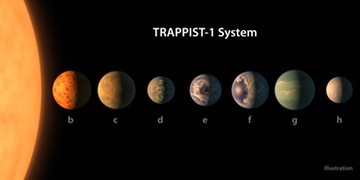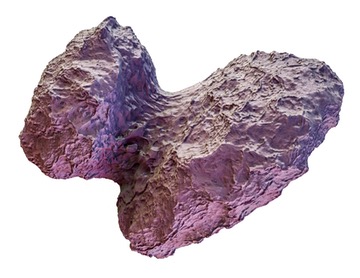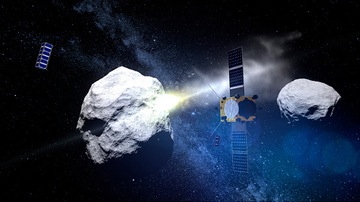Antimatter to ion drives: NASA's plans for deep space propulsion
It's been 90 years since Robert Goddard’s first liquid-fuelled rocket test and they're still our best engines for traversing the cosmos. But that may soon change. Cathal O'Connell explores 10 of the most feasible – and fantastic – endeavours into deep space propulsion.

Ion drives, solar sails, fission and fusion ... some of the ideas for powering the next generation of spacecraft have an aura of sci-fi about them, so it can be a giddy surprise to see NASA takes them seriously too.
In a presentation to the American Astronautical Society in February, NASA engineer Ronald Litchford laid out a development strategy for propelling spacecraft to the furthest edges of the Solar System – and beyond.
Litchford recommended research to improve conventional systems, such as chemical rockets, electrothermal engines and ion drives. But he also recommended a “modest” investment to research more speculative, far-reaching technology.
Here’s a rundown of the kinds of technologies that NASA is looking at to propel the next generation of spacecraft through the cosmos, roughly running from least to most speculative.
1. Chemical rockets
Chemical rockets were the powerhouses of the space age. But after 90 years of development, further engine refinements aren’t expected to lead to major improvements in terms of thrust (these rockets are fundamentally limited by the energy held in chemical bonds).
Litchfield argues that research in chemical rocketry should still constitute the major effort of NASA research, especially towards generating fuel at the destination planet, rather than carrying it all on board. For example, those on Mars might split ice from the polar caps into hydrogen and oxygen to use as rocket fuel.
2. Electrothermal
These engines use electrical energy to create a super-heated plasma and fire it through a supersonic nozzle to generate thrust.
These kinds of engines have been used in Russian satellites since the 1970s and by Lockheed Martin A2100 satellites, using hydrazine as fuel. These engines are efficient, but the thrust they generate is extremely low, meaning their only likely use will be to orient satellites in orbit.
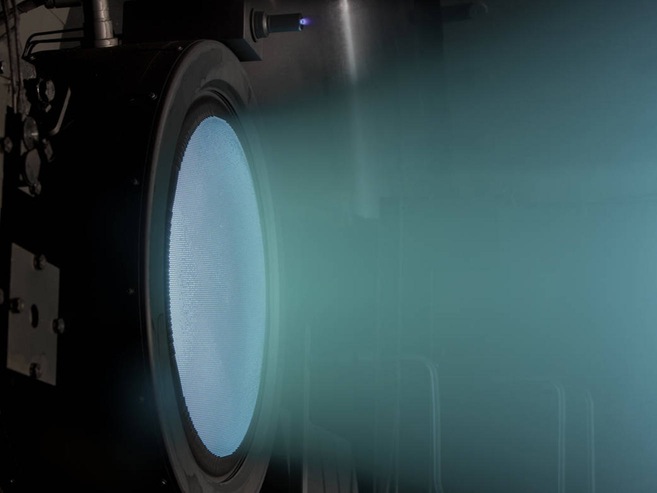
3. Ion drive
Now we're getting to the futuristic stuff. The ion drive engine is a thruster where molecules of an unreactive fuel, such as xenon, are given a positive or negative charge ("ionised") and accelerated by an electric field to be shot out the back.
The thrust is incredibly low, equivalent to the pressure exerted by a sheet of paper on the palm of your hand, so an ion engine is very slow to pick up speed. But over a long-range mission, the it can deliver 10 times as much thrust per kilogram of fuel as a chemical rocket.
The Dawn spaceprobe, currently in orbit around dwarf planet Ceres (and responsible for the first striking photos of mysterious bright spots), used its ion drive to become the first spacecraft to enter and leave the orbits of multiple celestial bodies.
4. Solar sails
Particles of light (called photons) carry momentum, like ping pong balls bounding off a wall. The solar sail idea is catch enough of them to pick up significant thrust.
A spacecraft with a large enough sail could eventually reach incredible speeds without carrying any fuel.
The concept was proved in 2010 when Japan’s project Interplanetary Kite-craft Accelerated by Radiation Of the Sun (IKAROS) unfurled a 196-square-metre sail on a mission to Venus.
Last year, the LightSail project showed this design can work on a shoestring budget.
But as a solar sail moves away from the Sun, sunlight becomes feebler, and the available thrust decreases. More ambitious designs imagine travel to the nearest stars by firing a massive laser to fill the sail to power it through interstellar doldrums.
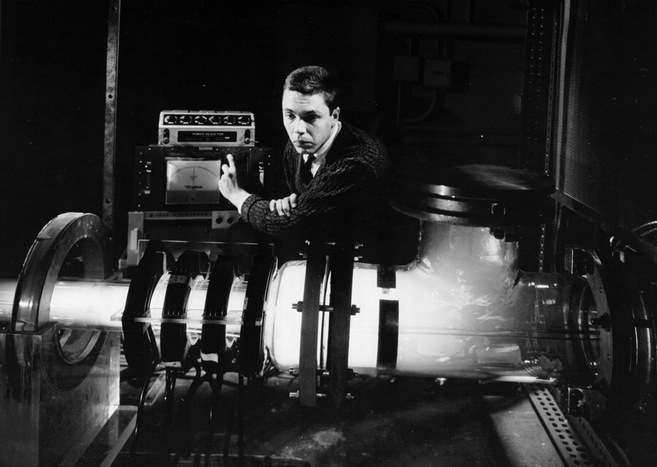
5. Plasma propulsion engine
These engines are like high-octane versions of the ion drive. Instead of a non-reactive fuel, magnetic currents and electrical potentials accelerate ions in plasma to generate thrust. It’s an idea half a century old, but it’s not yet made it to space.
The most powerful plasma rocket in the world is currently the Variable Specific Impulse Magnetoplasma Rocket (VASIMR), being developed by the Ad Astra Rocket Company in Texas. Ad Astra calculates it could power a spacecraft to Mars in 39 days.
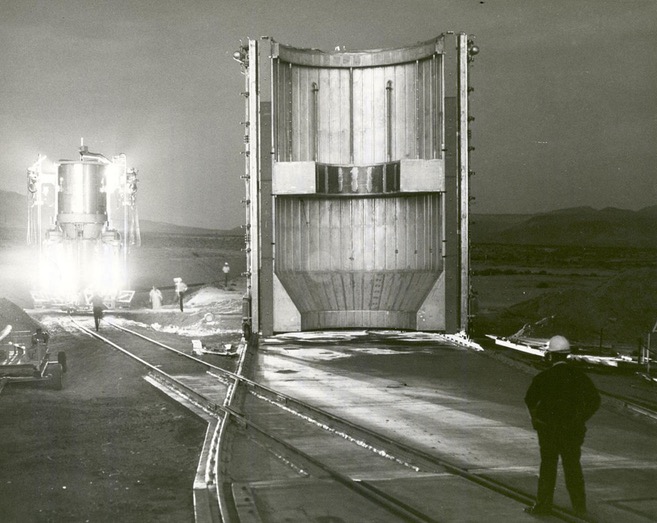
6. Thermal fission
A conventional fission reactor could heat a propellant to extremely high temperatures to generate thrust.
Though no nuclear thermal rocket has yet flown, the concept came close to fruition in the 1960s and 1970s, with several designs built and tested on the ground in the US.
The Nuclear Engine for Rocket Vehicle Application (NERVA) was deemed ready for integration into a spacecraft, before the Nixon administration shelved the idea of sending people to Mars and decimated the project's funding.
7. Continuous fusion
Fusion-powered rockets effectively try to recreate the power of the Sun by super-heating fuel to hundreds of millions of degrees until the atomic nuclei fuse, and generate even more energy.
A fusion rocket would be hundreds of times more efficient than the best chemical rocket. But a continuous fusion enginer hinges on achieving a net output from a fusion reactor, something that several decades of research, and a few billion dollars of research funding, have so far failed to do.
8. Pulsed fusion
Perhaps a more achievable way to use fusion power is to control detonation of a miniature fusion bomb to power a craft.
One design, being pursued at the University of Washington, works by dropping a pellet of two hydrogen isotopes, surrounded by metal rings made of lithium, into a combustion chamber.
At the right moment, a huge magnetic field slams the metal rings closed around the pellet, compressing the fuel to incredible pressures, leading to fusion. It’s a bit like how your car engine uses controlled explosions of gasoline.
A grain of sand of this fusion material would the same energy content as four litres of rocket fuel. But a major problem with this research is that actually testing one would likely violate nuclear test ban treaties.
9. Nanospacecraft
Most of the strategies for deep space transport involve building bigger and more powerful engines. But what about shrinking the spacecraft instead?
In 2009 researchers at the University of Michigan developed kind of nanoscale engine that could be patterned onto a silicon chip. It works a bit like a tiny particle accelerator, very high velocities using simple electric fields between charged plates. Each chip could contain millions of tiny electric launchers.
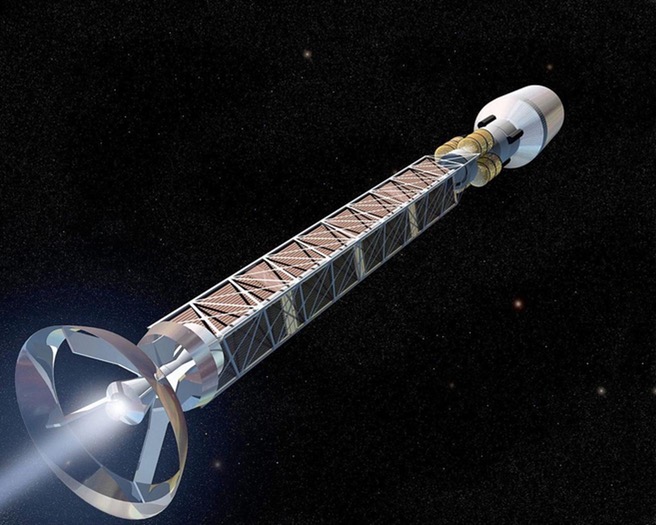
10. Antimatter
And here we are: at the very end of the feasibility spectrum into the fantastic. Antimatter is made of antiparticles, which have the same mass as particles of ordinary matter but opposite charge and spin.
Antimatter also has the highest energy density of any known substance. And if used as fuel, it could provide by far the most efficient propulsion system, with up to 40% of the fuel’s mass energy being converted directly into thrust (compared with 1% for fusion, the next most efficient).
In 2006 the NASA Institute for Advanced Concepts (NIAC) funded a team Gerald Smith of Positronics Research, designing an antimatter-powered spaceship. They calculated just 10 thousandths of a gram of antimatter would be enough to send a ship to Mars in 45 days.
The problem is generating enough fuel.
Antimatter is created in particle accelerators, but if all of the antimatter ever created to date were annihilated at once, it wouldn’t be energetic enough to even boil a cup of tea.
Unless a source of this superfuel is found, antimatter engines will likely always remain in the realm of science fiction.
Edit: This article originally stated the VASIMR would be tested on the Space Station. This is incorrect; those plans were shelved last year.



